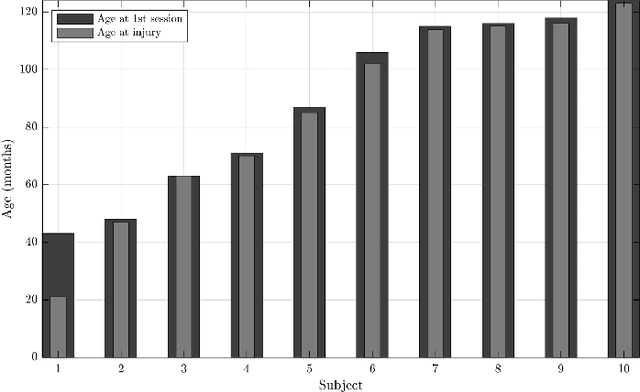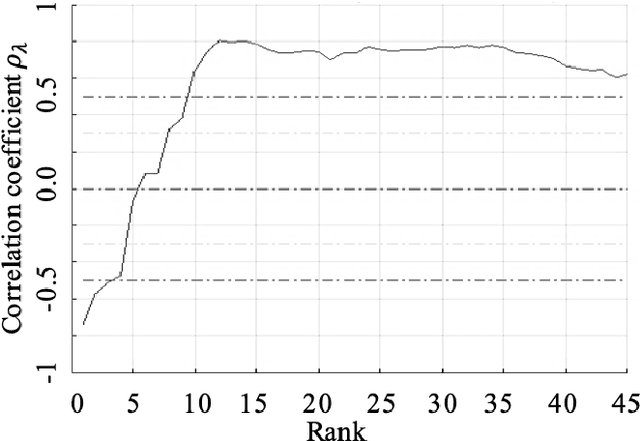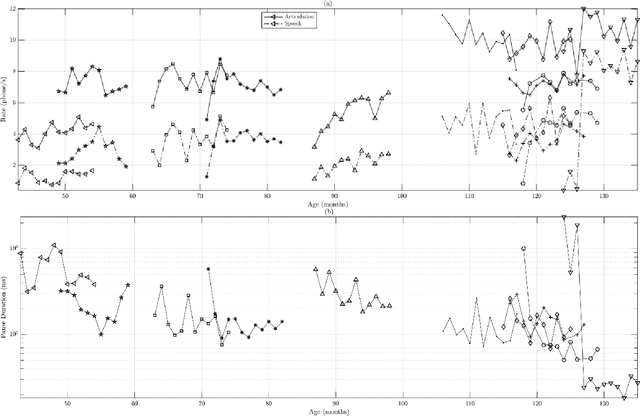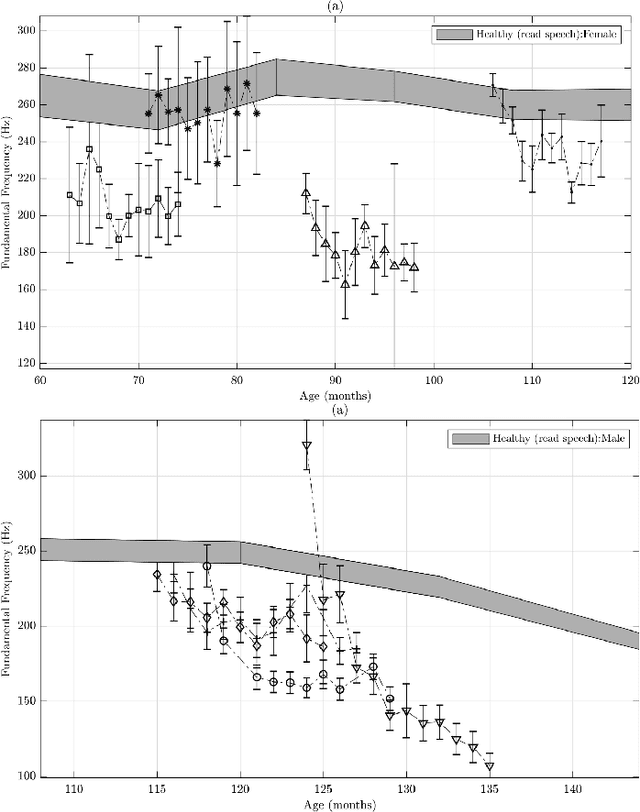Adam C. Lammert
Masking Kernel for Learning Energy-Efficient Speech Representation
Feb 08, 2023



Abstract:Modern smartphones are equipped with powerful audio hardware and processors, allowing them to acquire and perform on-device speech processing at high sampling rates. However, energy consumption remains a concern, especially for resource-intensive DNNs. Prior mobile speech processing reduced computational complexity by compacting the model or reducing input dimensions via hyperparameter tuning, which reduced accuracy or required more training iterations. This paper proposes gradient descent for optimizing energy-efficient speech recording format (length and sampling rate). The goal is to reduce the input size, which reduces data collection and inference energy. For a backward pass, a masking function with non-zero derivatives (Gaussian, Hann, and Hamming) is used as a windowing function and a lowpass filter. An energy-efficient penalty is introduced to incentivize the reduction of the input size. The proposed masking outperformed baselines by 8.7% in speaker recognition and traumatic brain injury detection using 49% shorter duration, sampled at a lower frequency.
Longitudinal Acoustic Speech Tracking Following Pediatric Traumatic Brain Injury
Sep 09, 2022



Abstract:Recommendations for common outcome measures following pediatric traumatic brain injury (TBI) support the integration of instrumental measurements alongside perceptual assessment in recovery and treatment plans. A comprehensive set of sensitive, robust and non-invasive measurements is therefore essential in assessing variations in speech characteristics over time following pediatric TBI. In this article, we study the changes in the acoustic speech patterns of a pediatric cohort of ten subjects diagnosed with severe TBI. We extract a diverse set of both well-known and novel acoustic features from child speech recorded throughout the year after the child produced intelligible words. These features are analyzed individually and by speech subsystem, within-subject and across the cohort. As a group, older children exhibit highly significant (p<0.01) increases in pitch variation and phoneme diversity, shortened pause length, and steadying articulation rate variability. Younger children exhibit similar steadied rate variability alongside an increase in formant-based articulation complexity. Correlation analysis of the feature set with age and comparisons to normative developmental data confirm that age at injury plays a significant role in framing the recovery trajectory. Nearly all speech features significantly change (p<0.05) for the cohort as a whole, confirming that acoustic measures supplementing perceptual assessment are needed to identify efficacious treatment targets for speech therapy following TBI.
 Add to Chrome
Add to Chrome Add to Firefox
Add to Firefox Add to Edge
Add to Edge